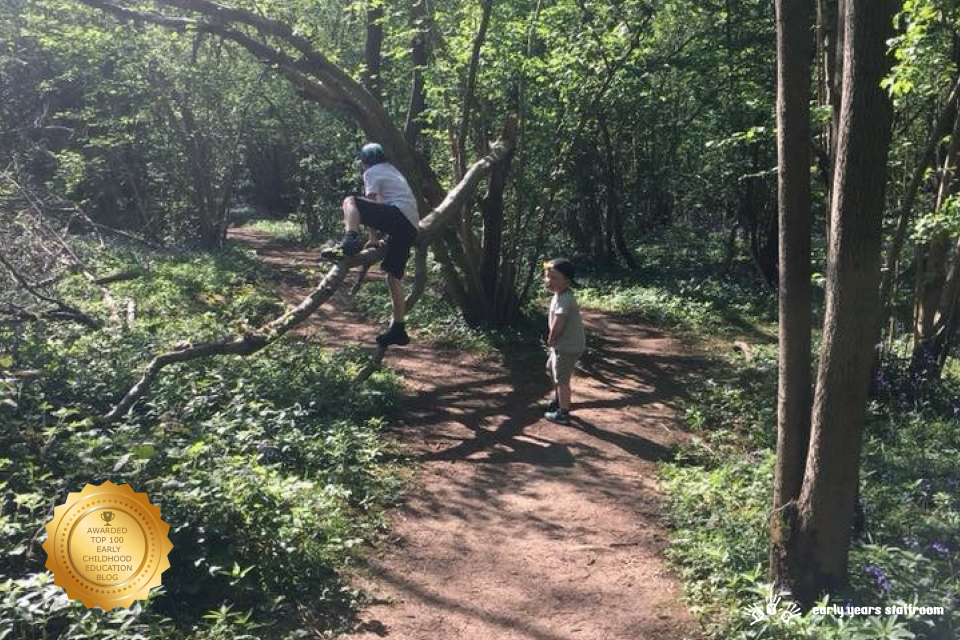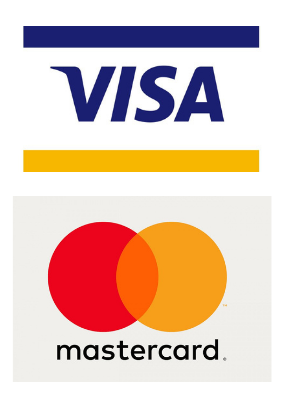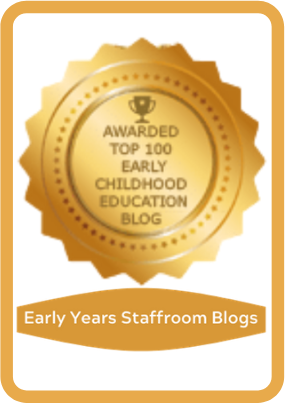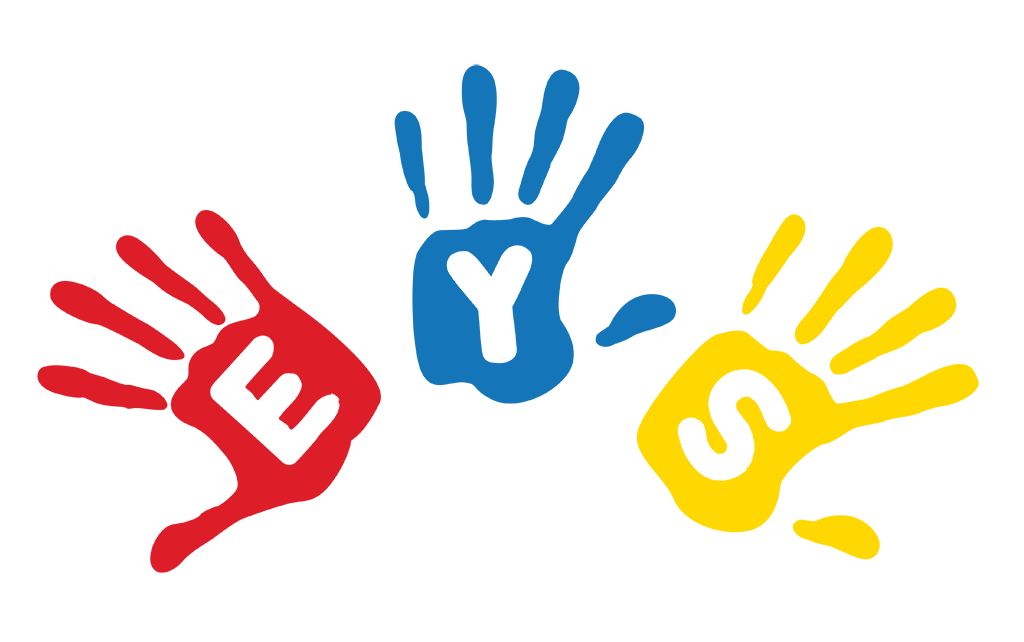An effective transition gives you a great head start in knowledge of your children. If transitions are not managed well from Nursery through to Year 1, children will be unsettled for longer and their well-being will dip. When their well-being dips, they will not only be unhappy and demotivated, their learning will also be affected.
In order to avoid these issues at the start of year 1, the classroom should mirror that of reception. Schools who have a similar year 1 to reception at the beginning of the year and then slowly transition, often see outstanding progress. It is even better when Year 2 follows suit.
Some Examples of How to Transition
Make sure to use the characteristics of effective learning. For example, in Reception children are very independent; this needs to continue into year 1 otherwise it can become very demotivating for them. For example, if children are choosing their own books to read in reception, they need to continue to do this in Year 1.
Also, the long periods of play both inside and out in Nursery/Pre-School should be continued when children begin Reception.
However, it is imperative to manage these transitions effectively. Follow the plan below.
Transition Plan
Frequent visits to settings and classes to see how they work will really help. It is vital to know where children are coming from. For example, if you are working in year 1, you need to become familiar with the Reception curriculum.
We have created an editable transition plan to use when planning transitions; this includes things like home visits, visiting the room they will be moving to when the other class are out, joint trips, small group work with new Teachers, observing etc. You may also like to do a presentation for parents, we have created a PowerPoint to use for this.
Ideally, this should be done over weeks, or even better over the whole year, certainly not in just one day. It is so important for those sending and receiving the children to work together effectively to ensure a smooth transition for them. One quick meeting will not work; it is a long-planned process, like when you are moving to a new house.
Another great way to manage transition is to swap Reception and Year 1 teachers each year. Year 1 teachers are more effective if they understand Early Years as many children will be moving up emerging and therefore will be working within the EYFS. Schools that are doing this have amazing results.
We have also created a plan for a transition day which most schools have.
As part of the EYFS it is important to collect information from parents and carers as a starting point so that you can care for, and teach children effectively.
Explore key strategies and best practices for a smooth transition from Nursery to Reception. Dive into our comprehensive guide on creating a seamless experience for young learners, fostering emotional well-being, and ensuring continuity in early childhood education. Maximise success and set the foundation for your child’s academic journey with our expert insights into transitioning between these critical stages.
Ideally this will be completed together on a home visit with the key person and can be answered organically, alternatively parents can complete at home.
Transition Policy
You need to ensure you have a policy in place with the Nursery/Pre School or with year 1, and not only that, it needs to be used.
It should be agreed with all parties, including parents. It’s important for them to be aware of your policy as they also need to be transitioned. You can transition parents by holding a meeting together (for example reception and year 1) to explain your plan to them.
We have an editable transition policy available to use for your setting or class.
Assessments at the end of Reception
When making end-of-year assessments in reception, don’t push a particular group of children who are not developmentally ready. These are the ones who wouldn’t naturally get to expected at the end of Reception year by daily intervention. If you push them to prove that you are outstanding, to make sure you do ‘your best’ for them, to ‘get your results’, then you are failing these children.
It is these children who have been pushed daily with numbers etc. who will fall back in the six weeks of summer holidays. With too much expectation placed on them in Year 1, they will take a whole year to catch up. However, if they go into Year 1 emerging, they will get the support they need and not lose as much time.
The problem is that we have a system that measures by months all through the Early Years Development Matters. However, suddenly at the end of the ELG they should all be ‘expected’ even if they are 48 months. Therefore, it is vital that Year 1 teachers understand Early Years to teach according to the 40-60 months statements and make these transitions as best they can be.
We have created a document to be complete by the Reception Teacher to hand over to Year 1. It evaluates where the child is in the EYFS and includes things they like and details about how they display the characteristics of effective learning.
When transitions are managed effectively, children will make outstanding progress.










